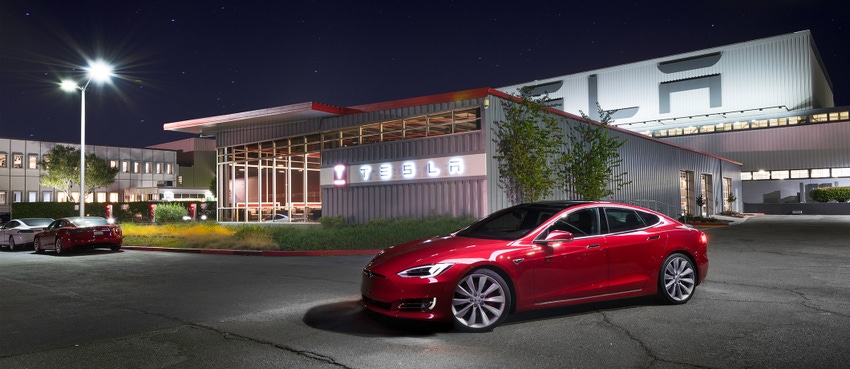OP-ED: Automakers are struggling to make money off electric cars. But consumers won’t buy in until they’re given an incentive to accept less.
May 22, 2017

One unwritten rule of product design says that if you’ve given your customer a popular feature, don’t dare take it away.
Therein lies the problem with the mainstream electric car. Today’s cay buyers have been spoiled. They assume that they should be able to take their cars on vacations, on weekend trips, or on treks to drop the kids off at college. Thanks, gasoline.
Electric car enthusiasts don’t like that argument. And to some degree, they’re right. On average, driving is mostly about short trips – to work, to the gym, to the grocery store. Unfortunately, modern consumers don’t buy cars based on their average needs. They buy for their exceptional needs.
Gasoline has taught them that. For all its faults, gasoline is still an amazing fuel. While battery makers burn the midnight oil trying to figure out how to reach a specific energy of 450 Wh/kg, gasoline already offers 12,000 Wh/kg. Even if you account for efficiency differences, the contrast is still enormous.
It doesn’t matter if consumers understand the concept of specific energy. They’ve absorbed the lesson as a matter of car-buying utility. One car offers them long, simple trips. The other car … well, it’s getting there.
That’s why the recent hand-wringing about the possible loss of tax credits for electric cars is unsurprising. The simple truth is that electric car manufacturers are still scuffling around, trying to figure out how to make money off small, mainstream EVs. They need those tax credits because they’re losing cash on every electric car they sell.
Auto executives don’t like talking about financial losses, of course, but if you listen hard enough you can easily get the gist of their electric car experiences. Volkswagen, which is doing penance by loudly proclaiming its commitment to electric cars, admitted to The Wall Street Journal recently that “small battery-driven vehicles won’t be cheaper than their diesel equivalents until 2030.” And GM exec Mark Reuss told reporters that his company wants to be the first to produce “electric cars that people can afford at a profit.” Implied was the fact that GM and its competitors aren’t making a profit on EVs today.
Even Tesla, Inc. – which sells big, expensive EVs – is still struggling with the bottom line. Recently released numbers showed that Tesla lost $330 million in the first quarter of 2017. Those losses were 17% more than the first quarter of last year.
|
Tesla, Inc. lost $330 million in the first quarter of 2017. (Source: Tesla, Inc.) |
No one was ever more forthright about this matter than Sergio Marchionne, the refreshingly honest chief executive of Fiat Chrysler Automobiles. Talking about his company’s all-electric Fiat 500e in 2014, he said, “I hope you don’t buy it because every time I sell one it costs me $14,000.”
Apparently, not much has changed since 2014. The numbers, maybe. But the principle lives on.
The electric car cognoscenti would, of course, correctly point out that EVs have a great deal to offer. They’re efficient; they handle well; their acceleration is amazing; and they’re beautiful, in some cases. Also, fast-charge is coming; lower cost is coming.
But “coming” doesn’t cut it for now. A large percentage of mainstream car buyers still have their exceptional needs. Gasoline has bequeathed long range and fast, simple refills to them. And they aren’t going to let anyone pry those features out of their fingers until they’re given a financial reason to let go.
That will happen someday. Maybe, as Volkswagen has said, it will begin in 2030.
Not now, though. You can’t ask consumers to give up a feature they already have, and then tell them they have to pay more for it.
Unless, of course, you want to lose money.
Senior technical editor Chuck Murray has been writing about technology for 33 years. He joined Design News in 1987, and has covered electronics, automation, fluid power, and autos.
|
About the Author(s)
You May Also Like





